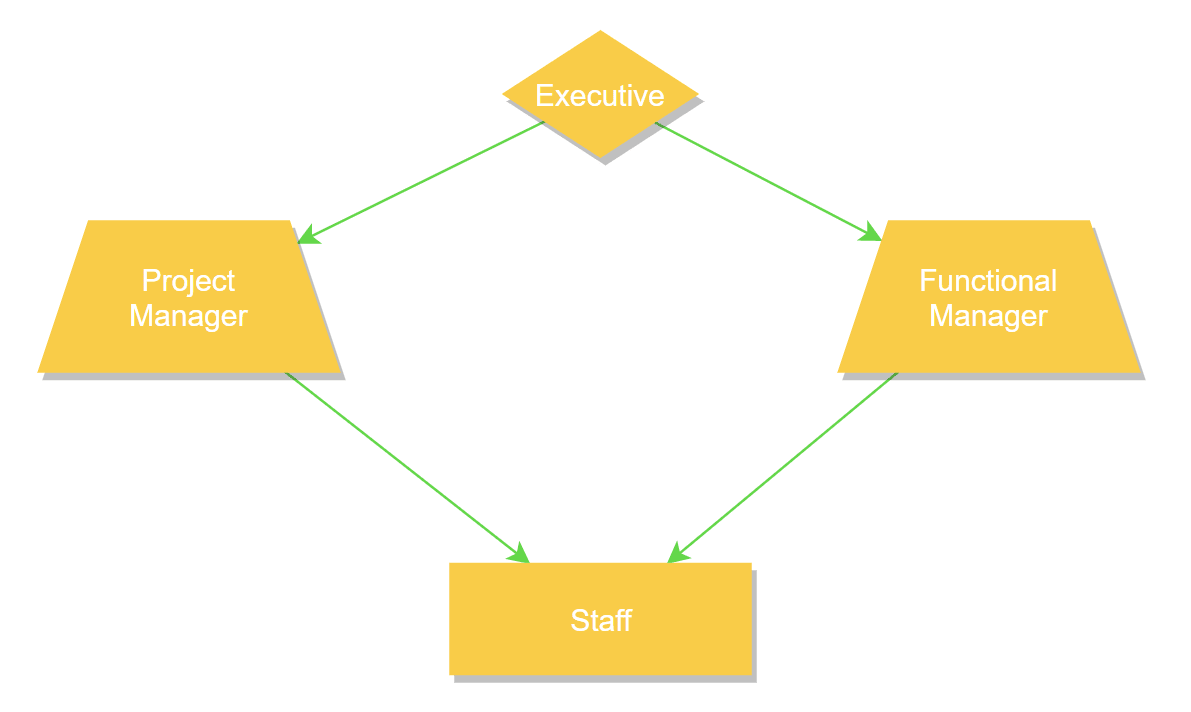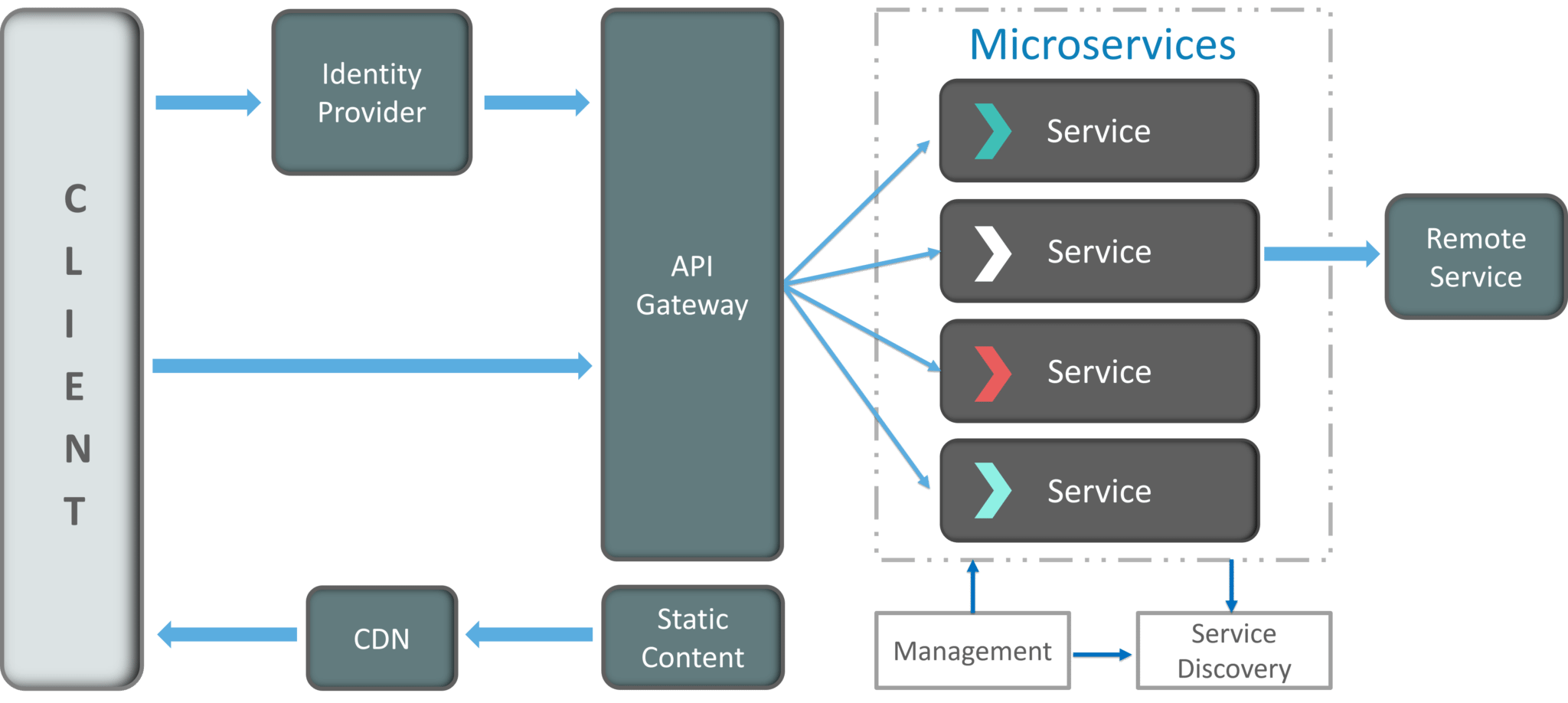Table Of Content

Typically, connecting “glue” services like messagingmiddleware will have high reachability. For example, atWorkiva, our linking system used to ensurecross-document consistency has a high reachability. In this section, we provide different tutorials and use cases to help you understand matrix-based methodologies such as DSM and other.
DSM Tools
Services with a high in-degree are onesthat a lot of teams are making calls too. The first step in performing this analysis is to look at some of thesimple metrics and discover what they mean for our architecture. Thesemetrics are typically graph theoretic and any nodes in the graph havinghigh values may be in some sense more ‘important’, ‘central’ or ‘critical’to the system.
Additional links
How do you design such a product to be modular, so that portions of it can be more easily changed or upgraded at different rates? How do you ensure the flow of information among people and teams in a large organization without information overload? These are a few of the problems addressed by a technique called the Design Structure Matrix (DSM), a tool for managing complexity. To date, most of its applications have been in the fields of design and engineering management, but it holds promise for a myriad of applications to many kinds of systems where it is important to find and control patterns of relationships among the system’s elements. It is the equivalent of an adjacency matrix in graph theory, and is used in systems engineering and project management to model the structure of complex systems or processes, in order to perform system analysis, project planning and organization design. Don Steward coined the term "design structure matrix" in the 1960s,[2] using the matrices to solve mathematical systems of equations.
MIT Press
Enhancing nutraceutical bioavailability through food matrix design - ScienceDirect.com
Enhancing nutraceutical bioavailability through food matrix design.
Posted: Fri, 11 Jan 2019 19:12:13 GMT [source]
For example, where the matrix elements represent activities, the matrix details what pieces of information are needed to start a particular activity, and shows where the information generated by that activity leads. In this way, one can quickly recognize which other activities are reliant upon information outputs generated by each activity. Sometimes is it convenient for layout purposes to reverse this, and have the inputs in columns and the outputs in roles. Clustering the items (the metatasks above) is an important part of the DSM method. The goal is generally to cluster items that have a lot of dependencies (or in graph theory terms, sort the items to reduce the lengths of the paths between dependent items).
After this algorithm converges to a steady state, the resulting processwill have the fewest number of feedback loops and the steps in the processwill be “close”, meaning that each step does not have to spend a long timewaiting for inputs. Cambridge Advanced Modeler provides animplementation of this clustering algorithm that we can use to find theoptimal arrangement of services into highly connected groups. In somecases, these groups suggest new ways to divide services between softwaredelivery teams, in others, they suggest areas where Scrum Masters orSoftware Architects should be involved more deliberately to make sureintegration between components is as smooth as possible.
Basically, Steward wanted to know what order the equations should be solved in when one equation provided an input into other equations and when recursive relationships (feedback loops) are possible. This work has flowered over the following decades into a powerful way to represent, study and manage any system where there are independencies. DSMs are especially useful in identifying sequential, parallel and interdependent tasks.
A tool set for managing software dependencies using a design structure matrix
DSM‐based techniques have proven to be veryvaluable in understanding, designing, and optimizing product,organization, and process architectures. This article explores in moredepth how we can use the techniques developed by the design structurematrix community to improve software architecture. The XDSM (eXtended Design Structure Matrix) is a tool used to visualize MDO processes.
Clustering Components#
Similarly, reading along a specific row reveals which tasks receive information from the task corresponding to that row (i.e., read along a row to see where a task’s outputs go to become other tasks’ inputs). In many cases, the order of tasks down the matrix corresponds to a timeline. In such a case, marks above the diagonal represent forward information transfer to later (i.e. downstream) tasks. Marks below the diagonal depict information fed back to earlier listed tasks (i.e., a feedback mark) and indicate that an upstream task is dependent on a downstream task.
How to organize an economic value model for use in pricing design
Binary matrices are useful in systems modeling because they can represent the presence or absence of a relationship between pairs of elements in a system. A major advantage of the matrix representation over the digraph is that its compactness and ability to provide a systematic mapping among system elements allows for a detailed analysis of a limited set of elements in the context of the overall structure. As such, it therefore provides a qualitative way of dependency modeling in a formal approach. I find the idea of using a structured technique to optimize softwarearchitecture compelling, and the next step in leveraging DSM analysis isto apply it to a real-world software project.
Thus, a mark in an off-diagonal cell (e.g., cell 3,5) represents an interaction that is both an input and an output, depending on whether one takes the perspective of its provider (element 3) or its receiver (element 5). Design structure matrix (DSM) is a straightforward and flexible modeling technique that can be used for designing, developing, and managing complex systems. DSM offers network modeling tools that represent the elements of a system and their interactions, thereby highlighting the system’s architecture (or designed structure). Its advantages include compact format, visual nature, intuitive representation, powerful analytical capacity, and flexibility.
The Design Structure Matrix (DSM) is a simple tool to perform both the analysis and the management of complex systems. It enables the user to model, visualize, and analyze the dependencies among the entities of any system and derive suggestions for the improvement or synthesis of a system. Such a system can be for example a product architecture or an engineering design process; also e.g. the organization of an enterprise or a market can take shape as a complex system and often merit a closer look into their structure. In the matrix we can move an element to another component or layer, combine it with other elements or split and then recalculate all dependencies to see if this yields a better dependency structure. Betweenness centrality represents the degree to which nodes stand betweeneach other. For example, in a network, a node with higher betweennesscentrality would have more control over the network, because moreinformation needs to pass through that node to reach other areas of thenetwork.
In our example, A makes a directed call to D andE makes a directed call to F. As a management tool, DSM is most commonly applied in project management, and it provides a project representation that allows for feedback and cyclic task dependencies. This is extremely important since most engineering applications exhibit such a cyclic property.
In statistics and in particular in regression analysis, a design matrix, also known as model matrix or regressor matrix and often denoted by X, is a matrix of values of explanatory variables of a set of objects. Each row represents an individual object, with the successive columns corresponding to the variables and their specific values for that object. The design matrix is used in certain statistical models, e.g., the general linear model.[1][2][3] It can contain indicator variables (ones and zeros) that indicate group membership in an ANOVA, or it can contain values of continuous variables. A DSM is represented as a square N x N matrix that maps the elements ofa system with their interactions.

No comments:
Post a Comment